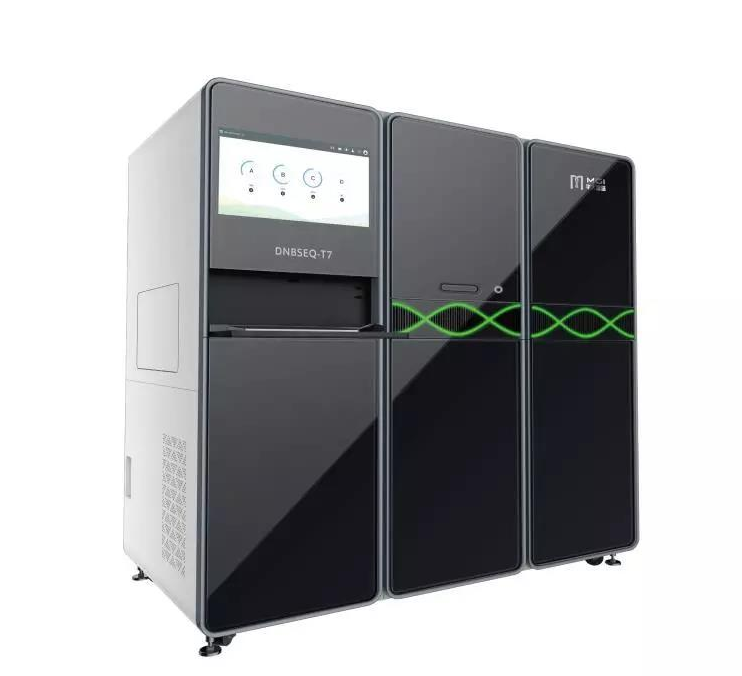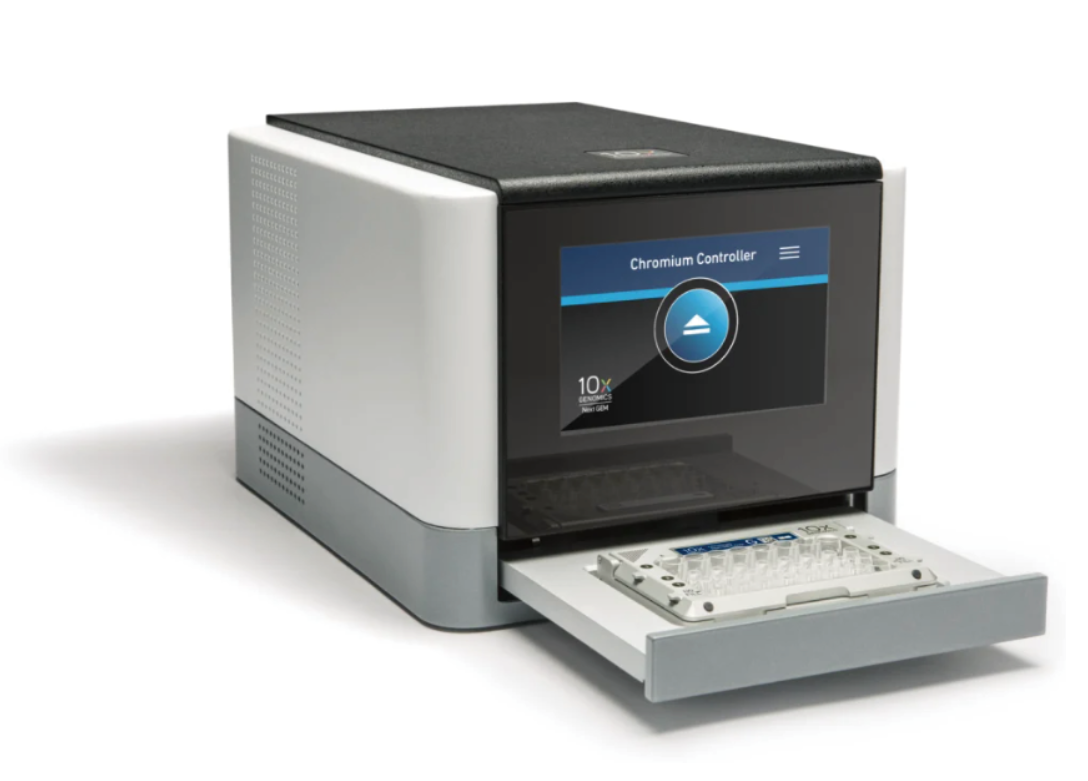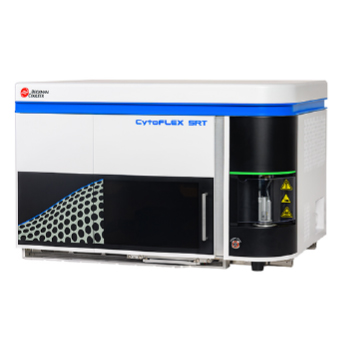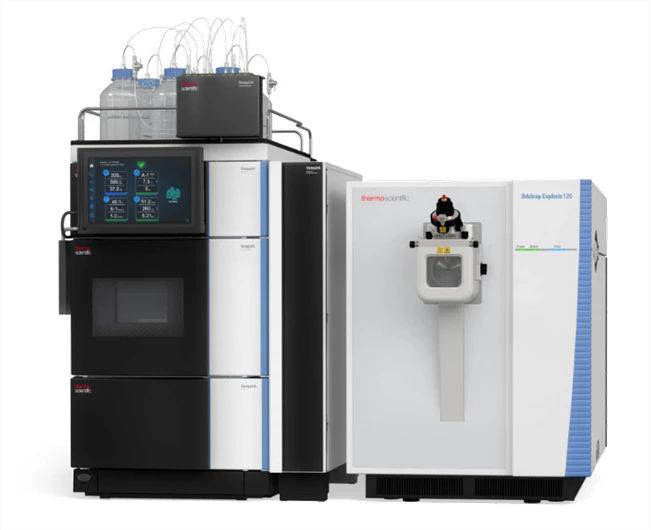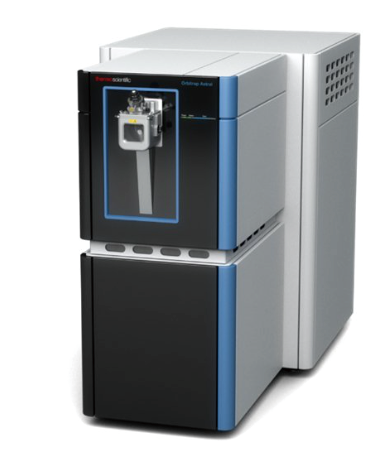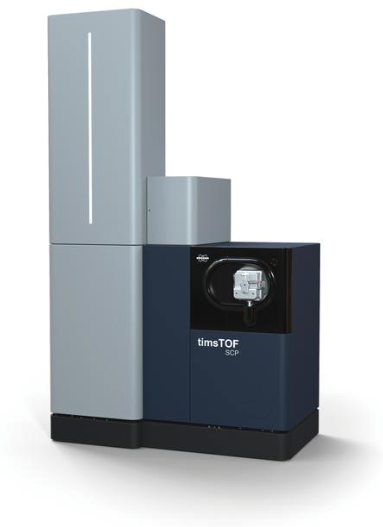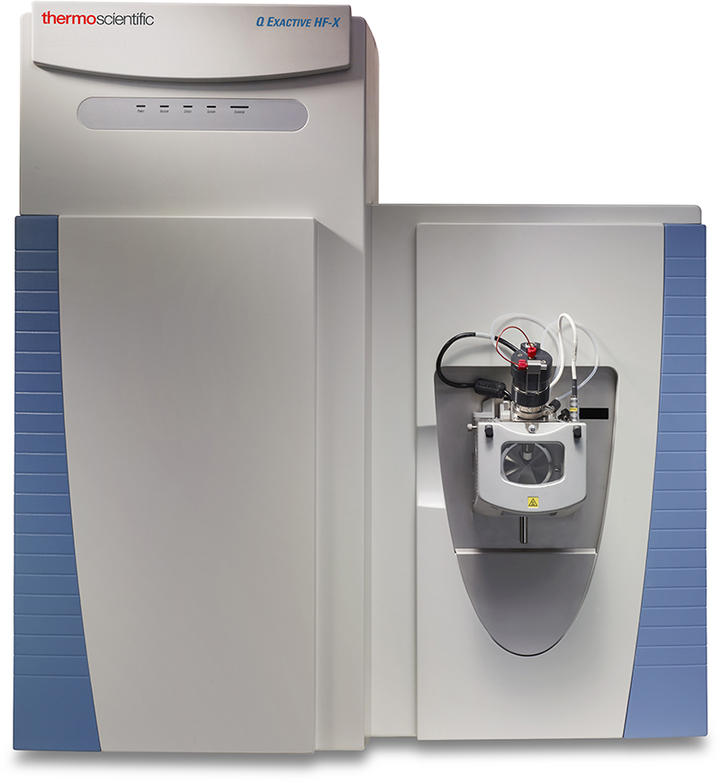Abstract:
Decomposition of aquatic macrophytes usually generates significant influence on aquatic environment. Study on the aquatic macrophytes decomposition may help reusing the aquatic macrophytes litters, as well as controlling the water pollution caused by the decomposition process. This study verified that the decomposition processes of three different kinds of aquatic macrophytes (water hyacinth, hydrilla and cattail) could exert significant influences on water quality of the receiving water, including the change extent of pH, dissolved oxygen (DO), the contents of carbon, nitrogen and phosphorus, etc. The influence of decomposition on water quality and the concentrations of the released chemical materials both followed the order of water hyacinth > hydrilla > cattail. Greater influence was obtained with higher dosage of plant litter addition. The influence also varied with sediment addition. Moreover, nitrogen released from the decomposition of water hyacinth and hydrilla were mainly NH3-N and organic nitrogen whilethose from cattail litter included organic nitrogen and NO3 �-N. After the decomposition, the average carbon to nitrogen ratio (C/N) in the receiving water was about 2.6 (water hyacinth), 5.3 (hydrilla) and 20.3 (cattail). Therefore, cattail litter might be a potential plant carbon source for denitrification in ecological system of a constructed wetland.
key words:
Decomposition Aquatic macrophytes Litter dosage Sediment Carbon source
link text:http://dx.doi.org/10.1016/j.envpol.2017.07.049




